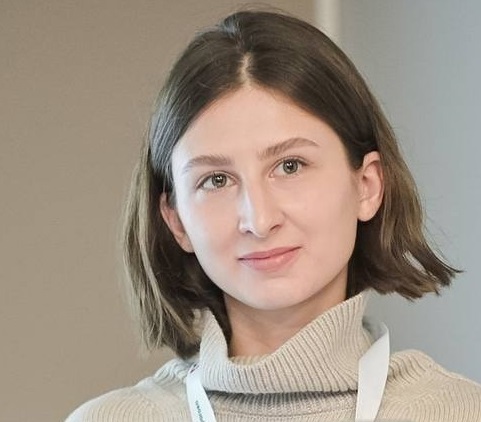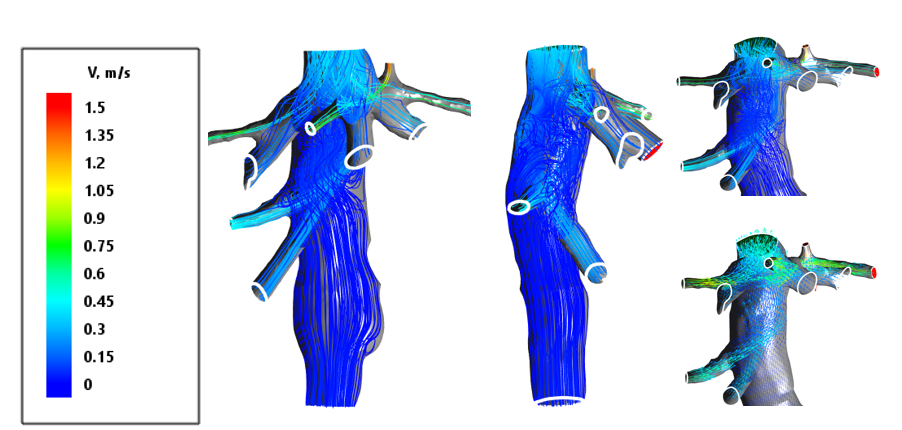
A graduate of Sechenov University, she took part in a number of studies on mathematical modeling in medicine. Since 2023, clinical resident at the Research Institute of Emergency Medicine named after. N.V. Sklifosovsky, scientific editor of the journal "Bulletin of the Medical University of Reaviz"
A decision-making approach based on computer modelling of blood flow in hepatic vessels
Ekaterina Anosova1,2, Boris Yaremin1,2,3, Maria Kalugina4, Kamran Alekperov1, Bakhtiyar Kazymov1,3, Murad Novruzbekov1,2,3.
1Liver Transplantation Center, Sklifosovsky Emergency Medicine Institute, Moscow, Russian Federation; 2Chair of transplantology and artificial organs, Russian National Research Medical University named after N.I. Pirogov, Moscow, Russian Federation; 3Chair of surgical deseases, Reaviz Medical University, Moscow, Russian Federation; 4Technology company TeSiS, Moscow, Russian Federation
Introduction: Tactical issues of vascular reconstruction during liver transplantation remain largely unresolved. Particular aspects are related liver transplantation, transplantation after the TIPSS procedure, in the presence of pre-existing portal vein thrombosis. The use of mathematical modeling of blood flow in silico seems promising for solving a number of similar issues.
Materials and methods: We analyzed 700 cases of treatment of transplanted patients at the Moscow Liver Transplantation Center, 200 of whom had thrombosis of the portal vein system. Before transplantation, all patients underwent CT scanning of the abdominal organs with four-phase contrast, Doppler ultrasound blood flow, and intraoperative direct ultrasound flowmetry. DICOM data segmentation was performed using Dragonfly software (Object Research Systems, Canada) on the basis of the laboratory of mathematical modeling in medicine of the Moscow Medical University "Reaviz”. Methods of computational hemodynamics were implemented using the Visual-CFD application for OpenFOAM environment (ESI, France) and FlowVision app (TeSis, Moscow).

Results: When assessing the sensitivity/specificity of the modeling, we obtained the results of a 3% discrepancy between the calculated data and the postoperative flowmetry data. The sensitivity of the applied prognostic model is 97%, specificity 99%. No significant differences between nosological forms and situations were recorded during modeling. When using preoperative prediction of blood flow using the proposed model, it was found that the use of a jump graft provides the most favorable restoration of blood flow compared to cava-portal implantation in the presence of a predicted blood flow in the portal vein exceeding 950+-40 ml/min. The use of caval reconstruction techniques, which prevent deterioration of blood flow in the liver veins, also has a significant effect on portal blood flow, which made it possible to increase the flow to the liver in 17 cases of portal reconstruction. However, the volume of observations in this matter is still small and requires further assessment
Conclusion: Decision-making in vascular reconstruction during liver transplantation can be objectified using modern computing technologies, which creates prospects for further development of this area.
[1] cavacavastomy
[2] decision support
[3] computational fluid dynamics
[4] portal vein thrombosis
